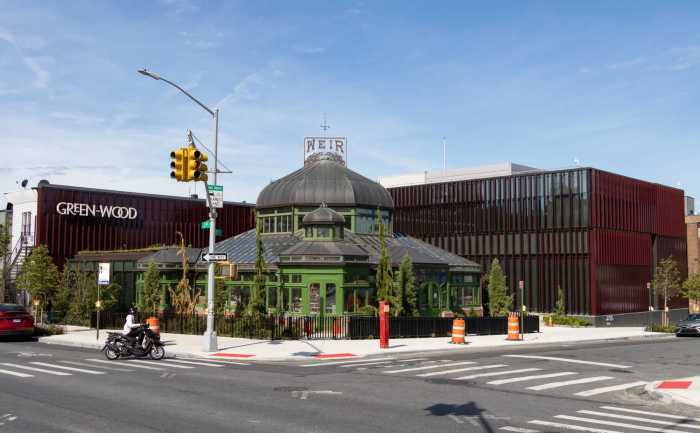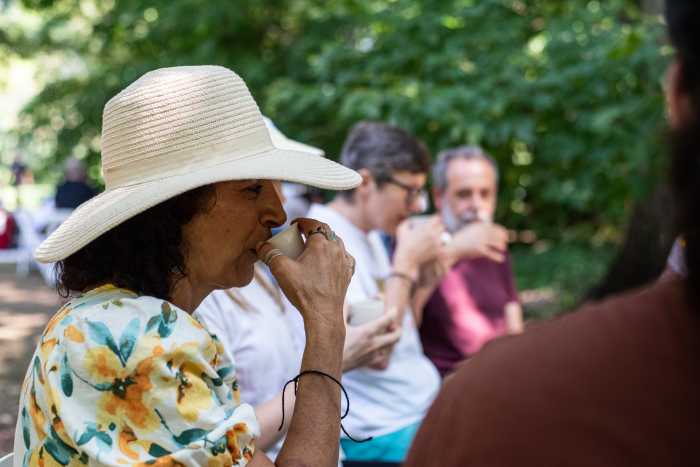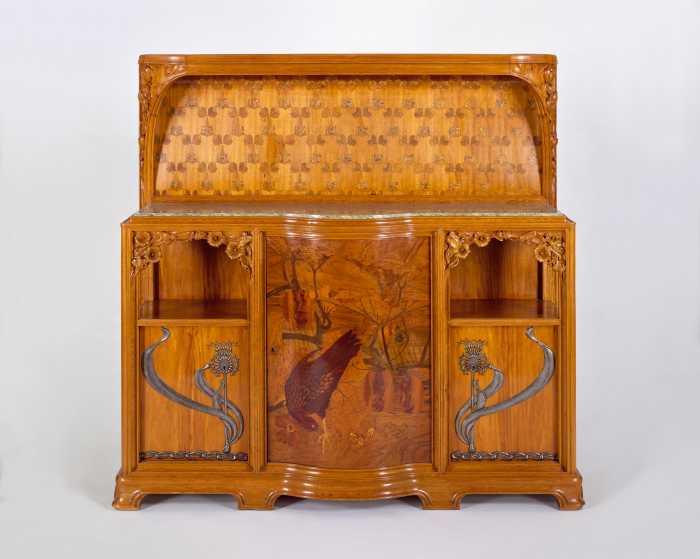Bay Ridge’s rich history is the inspiration behind a mosaic mural planned for the 86th Street subway station that should be installed sometime next month.
The mural, entitled “Heydays,” was created by Brooklyn artist Amy Bennett, and incorporates images inspired by vintage homes in the neighborhood, as part of the MTA’s 25-year-old Arts for Transit program.
The mural will provide an aesthetic focal point on the R station’s mezzanine level, said the MTA’s Amy Hausmann, who added that the program’s “goal is to enliven the transit environment for all of our riding customers.”
The creation of the mural was a multi-step process, said Bennett. First, she built models of the homes that are depicted in it, then painted from the models. The painting was then translated into mosaic in Germany, a process that took several months. The mural was taken apart for shipping, and will be reconstructed on the station wall,
“It’s sort of like a jigsaw puzzle,” the DUMBO-based artist said.
This is Bennett’s first public art installation.
Mosaic is a frequently-used medium in the program, Hausmann said, because of its durability and because it is a time-tested material in the subway’s demanding environment.
Aesthetically, the artworks produced for Arts for Transit should also stand the test of time, Hausmann said.
“We always challenge artists to think about the people who live in the community now, who lived there before, and who will live there in the future, because the artworks are very long-lasting,” she said. “We want them to have a long-lasting resonance, but also nod to who was there in the past.”
Bennett was selected to create the art through an extended process, during which a panel made up of community residents and art professional weighed submissions from more than 300 artists, Hausmann. Five finalists were chosen, and “they went to the community and did research, then created a site-specific proposal,” Hausmann said. It was after the panel saw the works of all five that Bennett was chosen.
Adding art is something the MTA regularly does when rehabilitating stations, allocating up to one percent of the cost of the station renovation to a distinctive work that will convey a sense of place, Hausmann said.






















